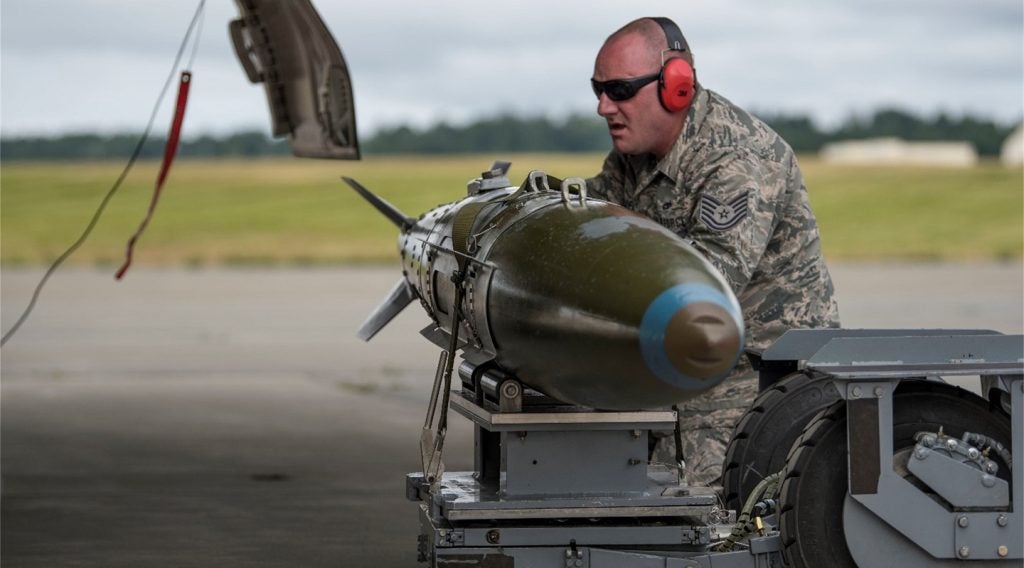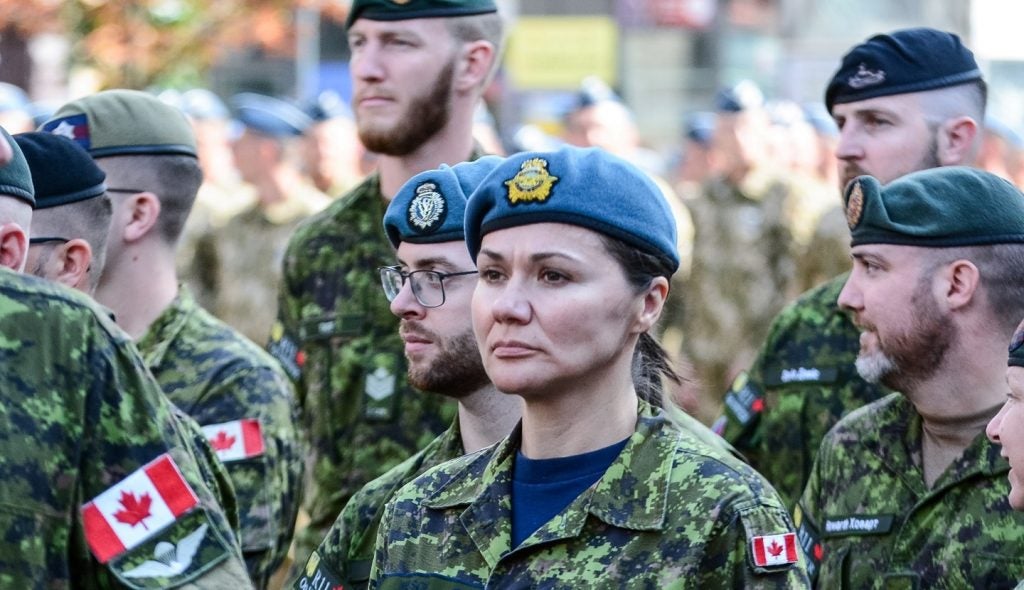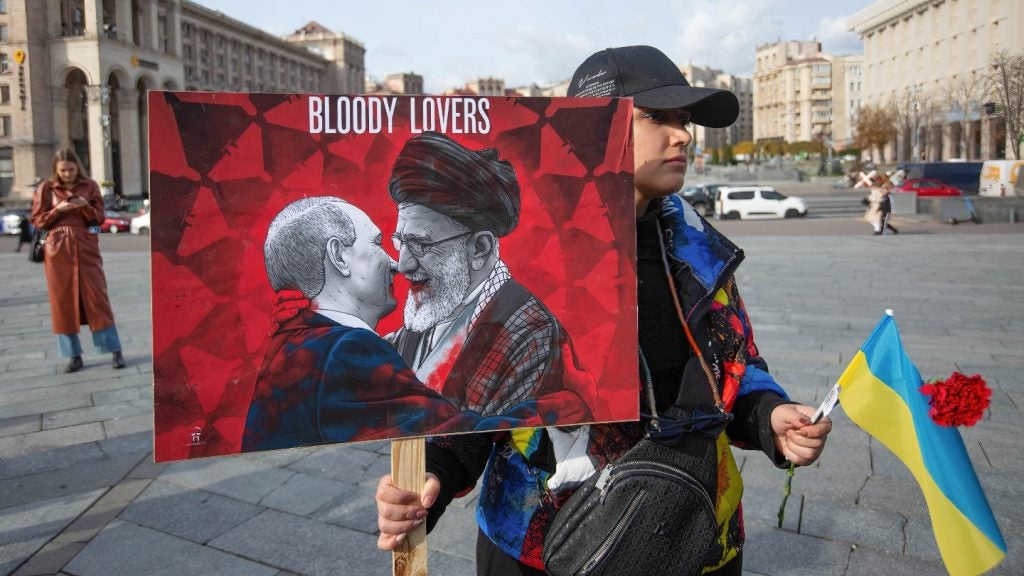The US and Republic of Korea (ROK) Air Forces have completed the bilateral aerial training exercise, code-named Max Thunder, at Gwangju Air Base, South Korea.
Involving participation from more than 600 deployed US Department of Defense (DoD) personnel and 150 airmen from Kunsan Air Base, the 12th Max Thunder exercise provided participants with an opportunity to display and exercise their air power, and also develop new skills.
In addition to this, the two-week drill featured a wide range of US aircraft, including F-16 Fighting Falcons, F-18 Hornets, EA-18G Growlers, C-130 Hercules, F-15C Eagle, E-3B Sentrys, and numerous Korean aircraft and accompanying support personnel.
80th Fighter Squadron operations director lieutenant colonel Henry Jeffress said: "Our (team) all around stepped up and they met the challenges of having all these aircraft on the ramp launching at one time, numerous aircraft in the airspace, challenges from language difficulties, and somehow we are almost through."
Held twice a year, once on Gwangju Air Base hosted by the Republic of Korea Air Force (ROKAF) and on Kunsan AB by the US Air Force (USAF), Max Thunder aims to sharpen the US and Korean forces’ responsive skills and their ability to work together against a hostile force during combat operations.
Specifically, the drill represents the air component-led portion of Exercise Foal Eagle, and fosters bilateral aerial training by simulating dog fights, quick alerts, close air support (CAS) missions and the overall theme of employing and deploying a joint coalition and overcoming obstacles.
How well do you really know your competitors?
Access the most comprehensive Company Profiles on the market, powered by GlobalData. Save hours of research. Gain competitive edge.

Thank you!
Your download email will arrive shortly
Not ready to buy yet? Download a free sample
We are confident about the unique quality of our Company Profiles. However, we want you to make the most beneficial decision for your business, so we offer a free sample that you can download by submitting the below form
By GlobalDataImage: US military pilots taxi towards the runway to begin a joint sortie during the 12th Max Thunder at Gwangju Air Base, South Korea. Photo: courtesy of USAF Senior Airman Armando A. Schwier-Morales.








